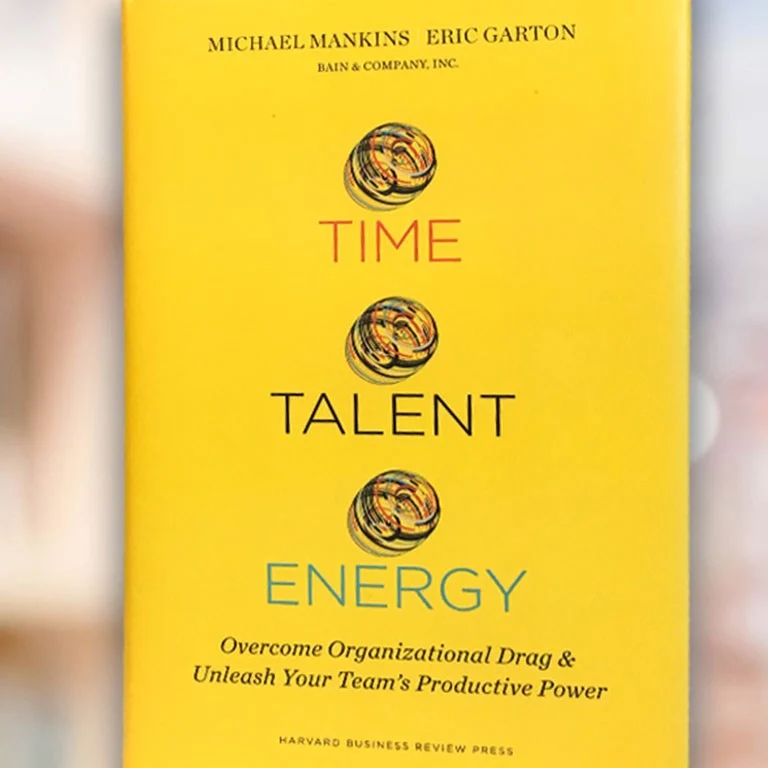Video
In an era when capital is superabundant, time, talent and energy are the critically scarce resources for companies. Michael Mankins, coauthor of Time, Talent, Energy, discusses how companies can increase productivity and competitiveness by successfully managing these three key resources.

Time, Talent, Energy
Learn more about how the best companies manage their people's time, talent and energy with as much discipline as they do their financial capital.
Read the transcript below.
MICHAEL MANKINS: Executives of my generation were taught in business school that you essentially have to allocate capital carefully in order to generate competitive advantage. Today, that's no longer true. Capital is superabundant and cheap by historical standards. What is the determinant, though, is how you manage other scarce resources, those truly scarce resources in a company, which we've classified as time, talent and energy.
And so time essentially is how much of the organization's time is actually invested in activities that create value for customers. And alternatively, how much of that is wasted as a result of what we call organizational drag—those factors that lead to these endless email chains, these endless meetings that produce no real outcome, or even that result in interactions that occur between organizations that really aren't necessary in order to produce value for the customer.
And then there's talent. Assembling a great team can take decades. And how that team is deployed ultimately determines the success with your customers and with your shareholders. So those companies that are best at managing that talent, treating it like a scarce resource, teaming it effectively, leading it effectively, and deploying against mission-critical initiatives are the ones that produce really truly great performance.
And the last one is the sort of amorphous one, which people think of as being sort of touchy-feely, which is energy. It turns out not to be. It's how much discretionary energy each employee brings to work every day and invests on behalf of the customer [that] is what actually determines their level of productivity. If you combine time, talent and energy, the difference between the best and the rest is pretty staggering. In fact, research that we did a few years ago with the Economist Intelligence Unit, the research arm of The Economist, found that there's a 40% differential: that the best are 40% more productive than the rest.
And to put that in layman's terms, it means that between the hours of 8 o'clock in the morning on Monday and 10 AM on Thursday, the best create as much work—can complete as much work—as the rest do in the remainder of the week. Now of course, they're still working all day Thursday and all day Friday. And that result is that they can produce much more for the customer and much more for the shareholders. So not surprisingly, they generate vastly superior performance.
So our research, our conclusion, is that it's how you manage those scarce resources—time, talent, energy—that ultimately determines competitive success, success with your customers, and ultimately, the amount of value you create for your shareholders.
